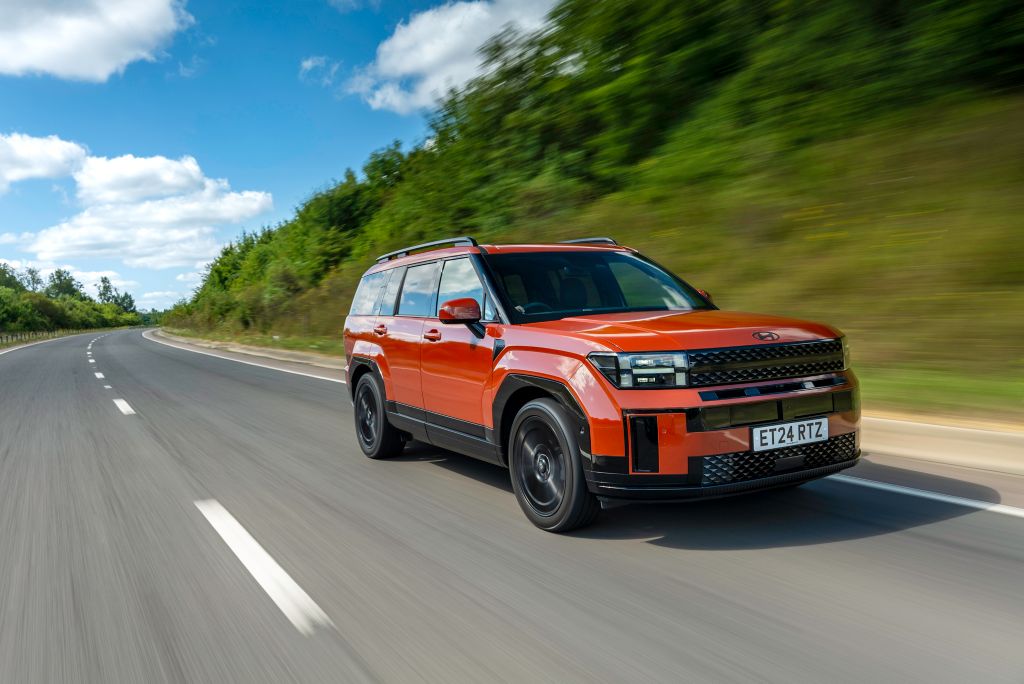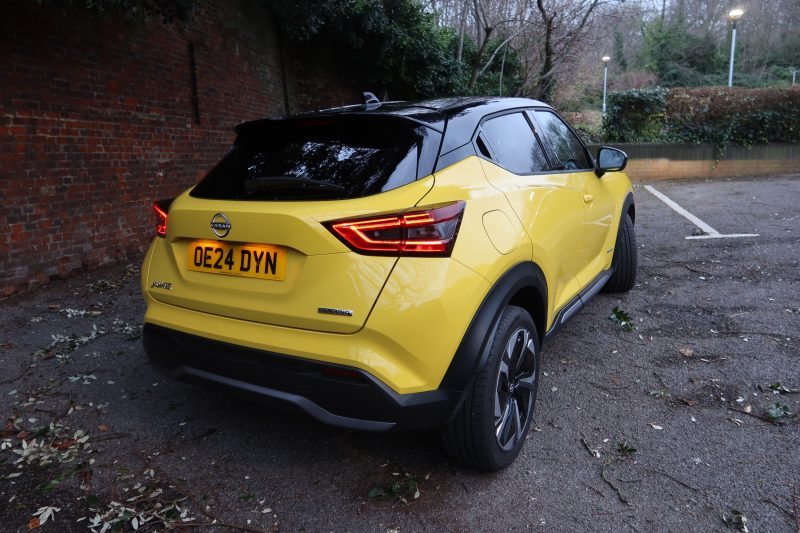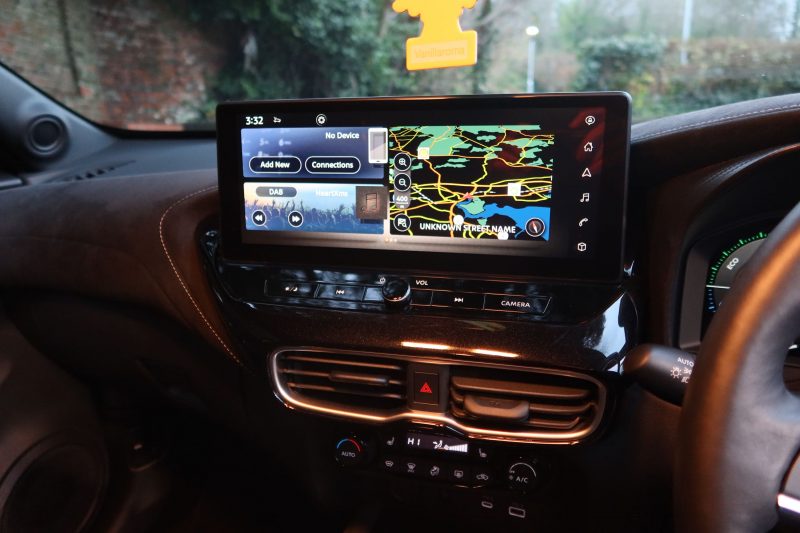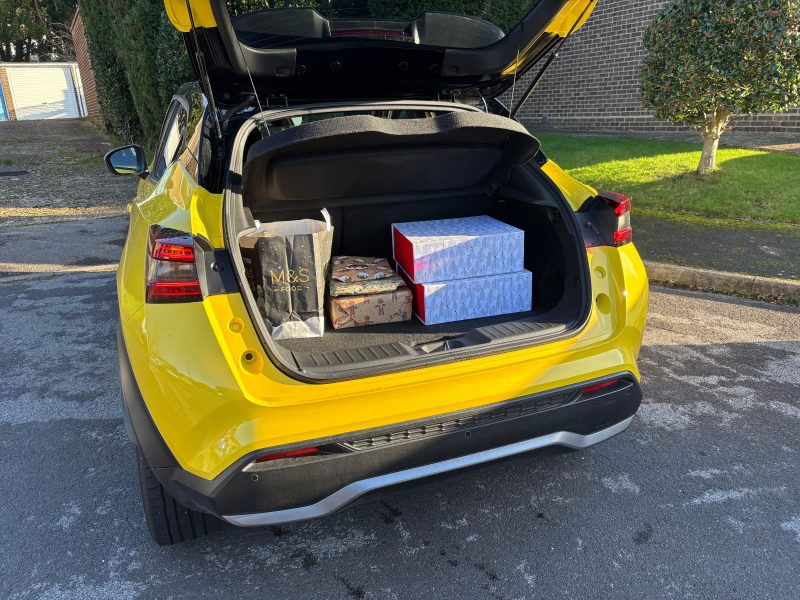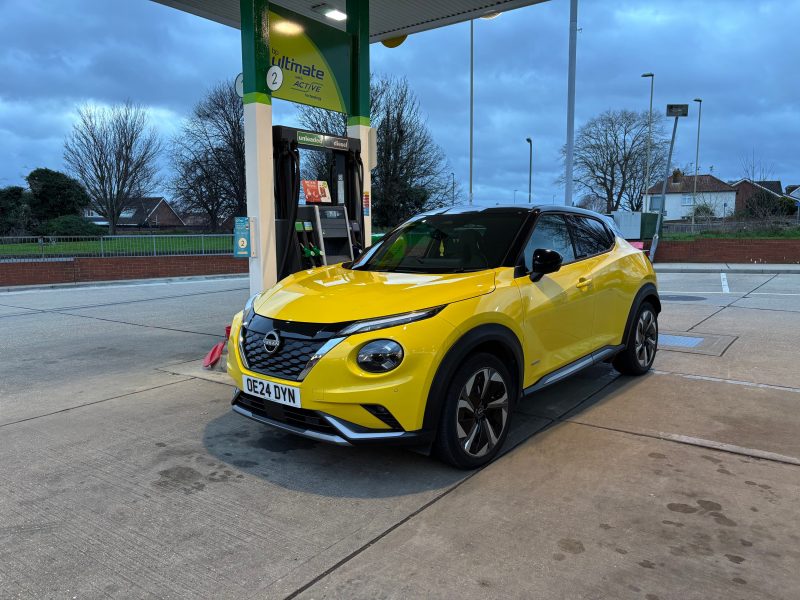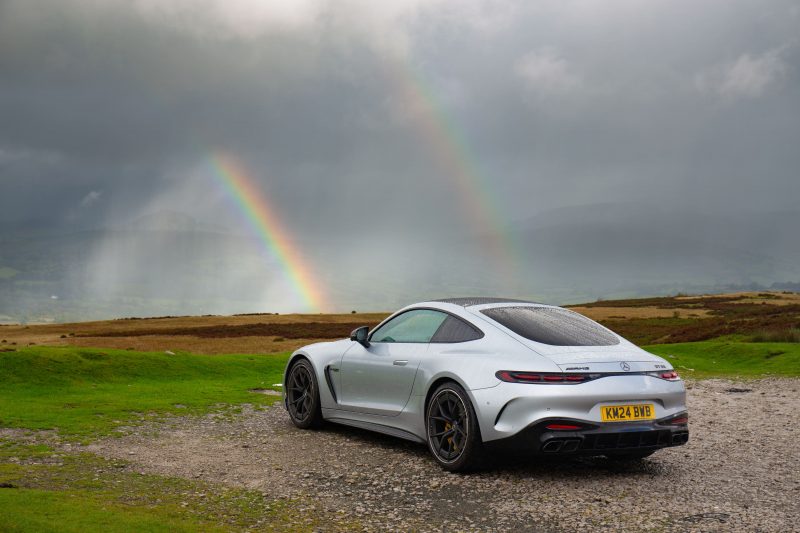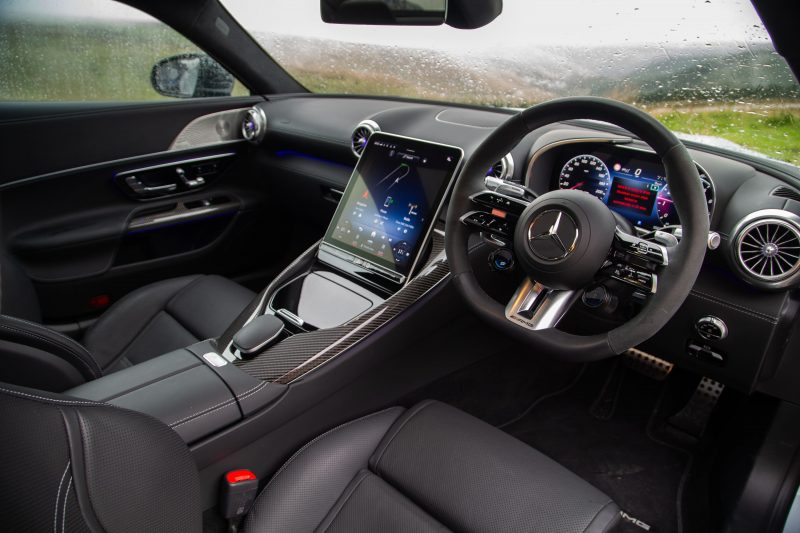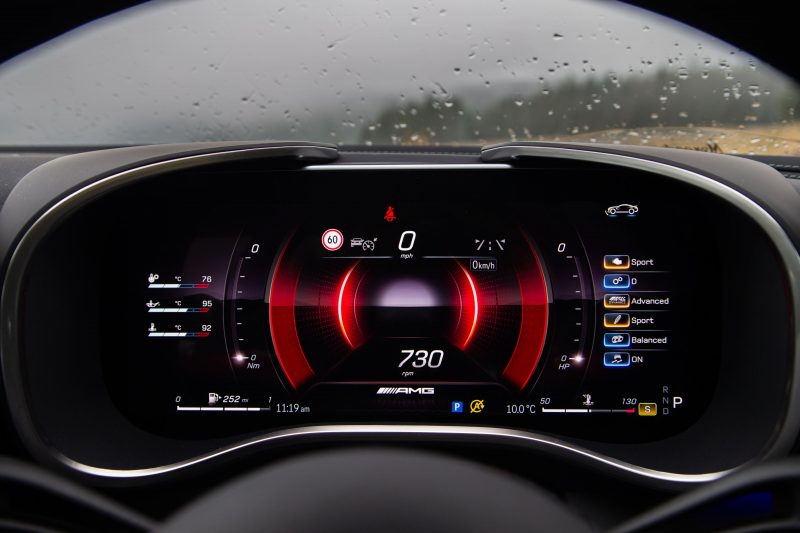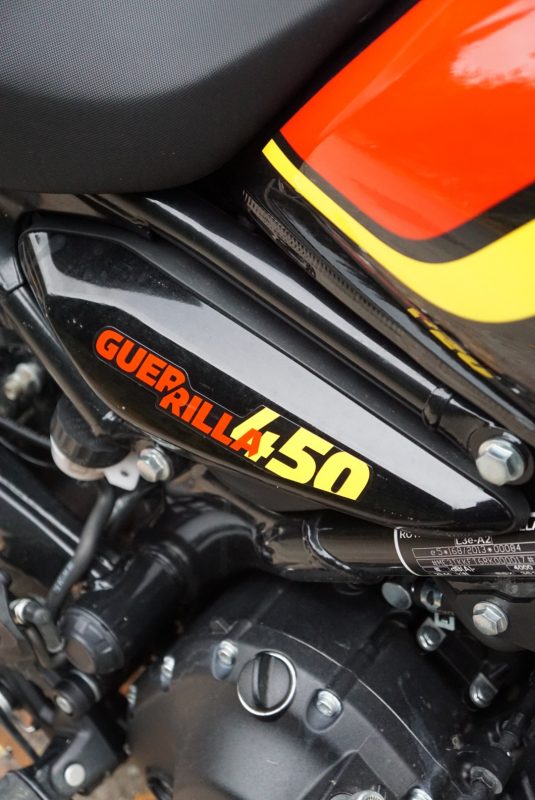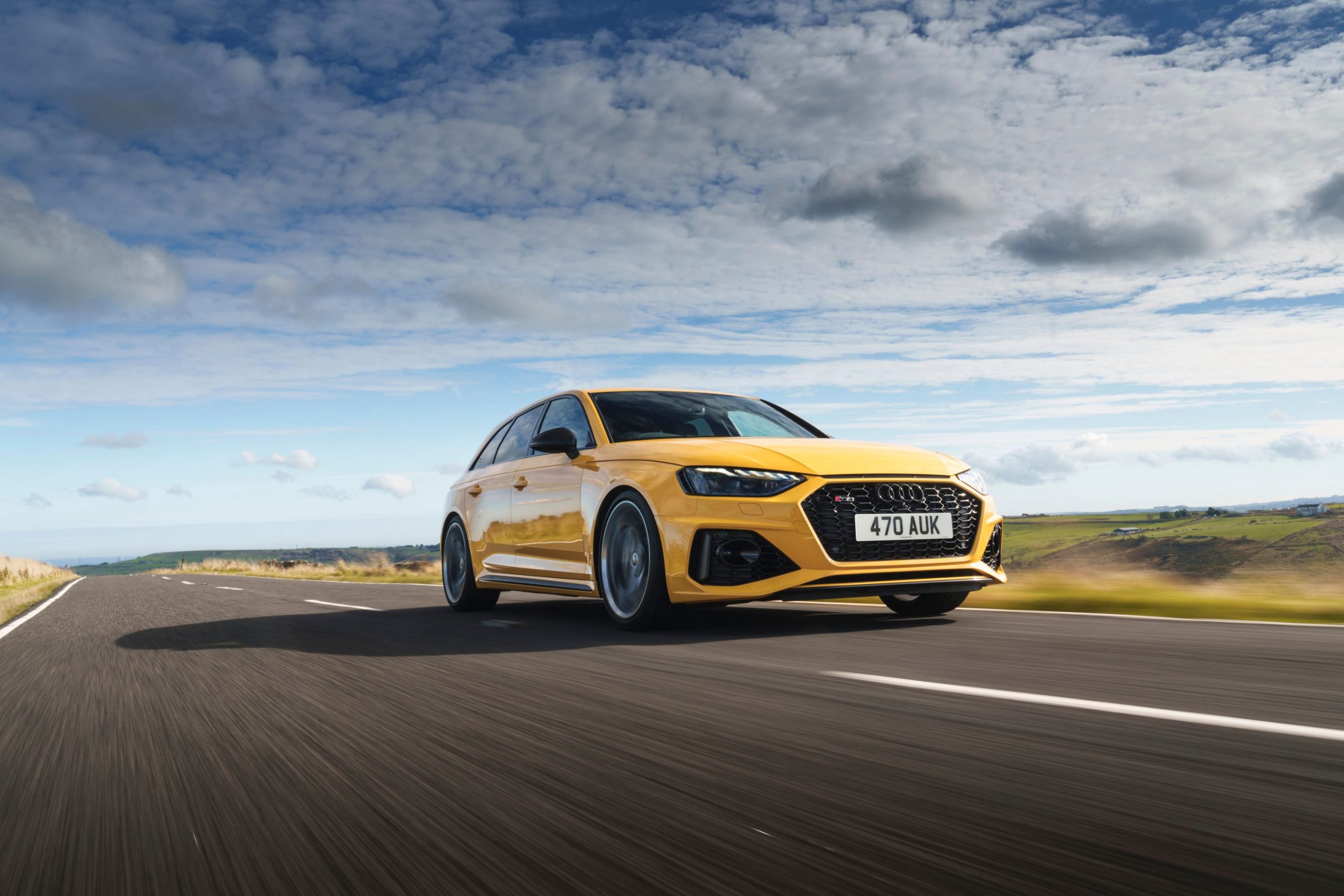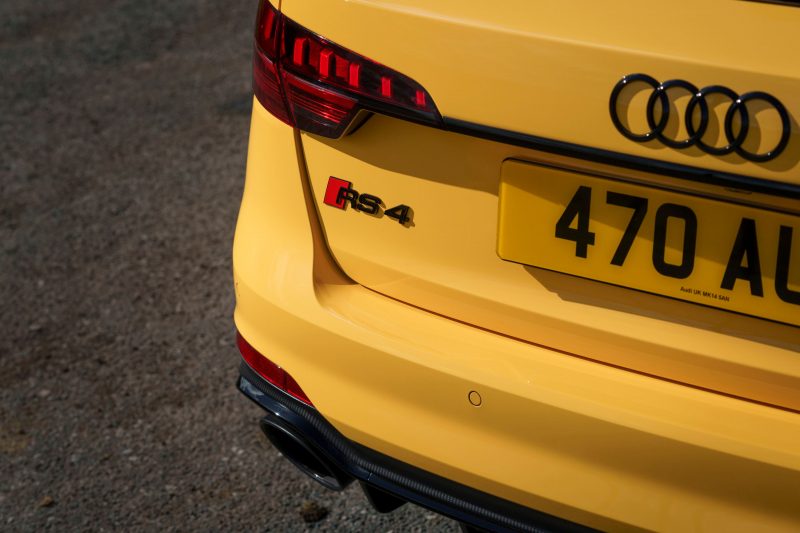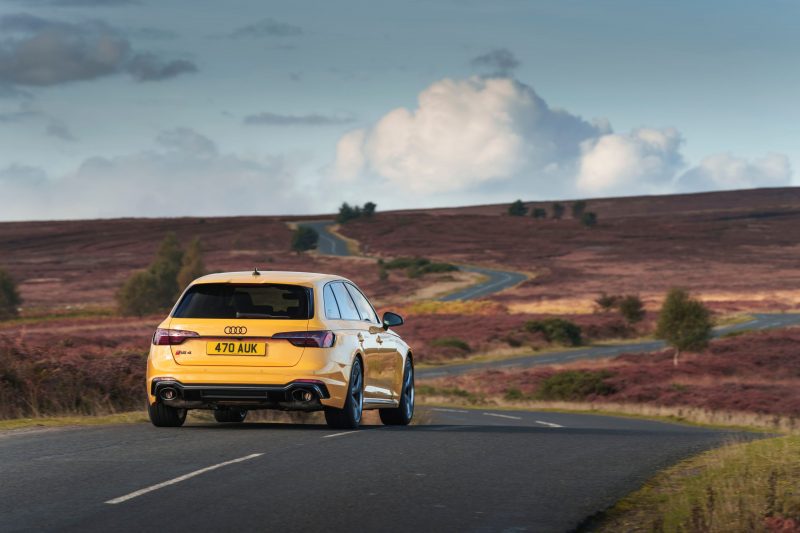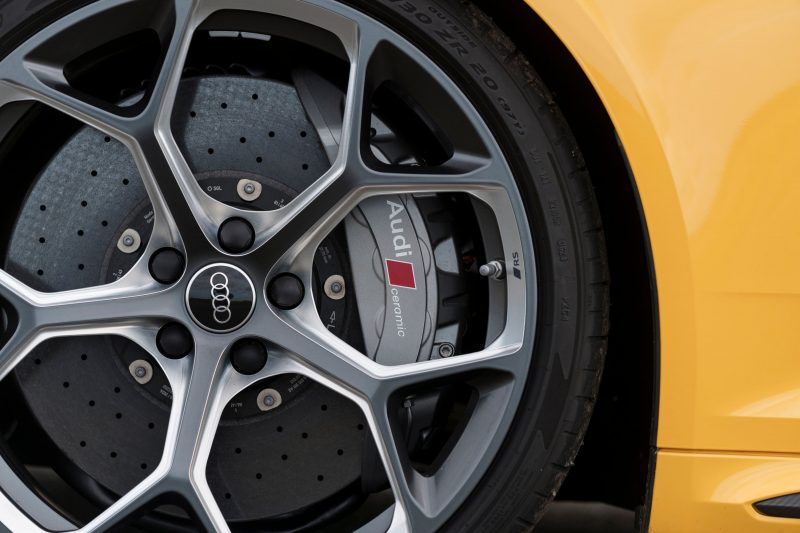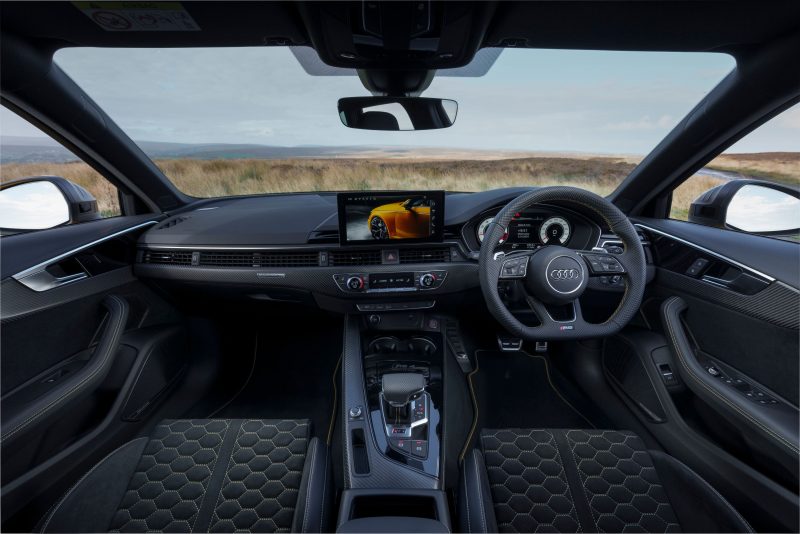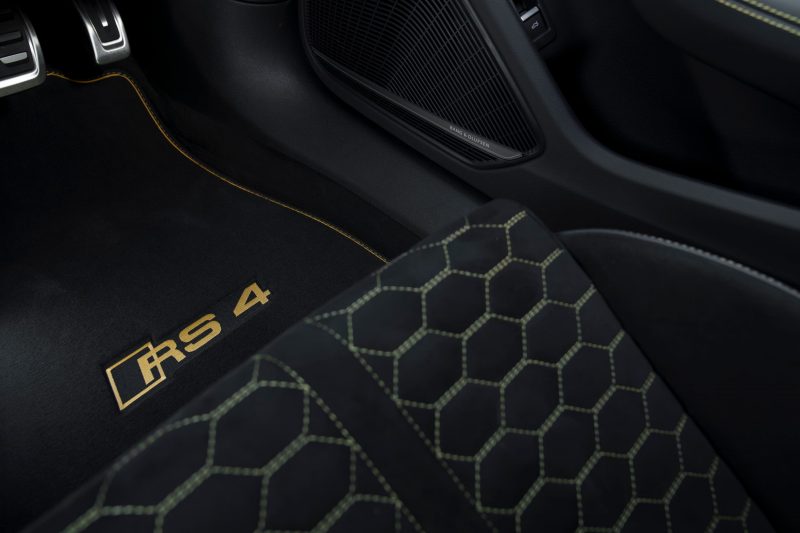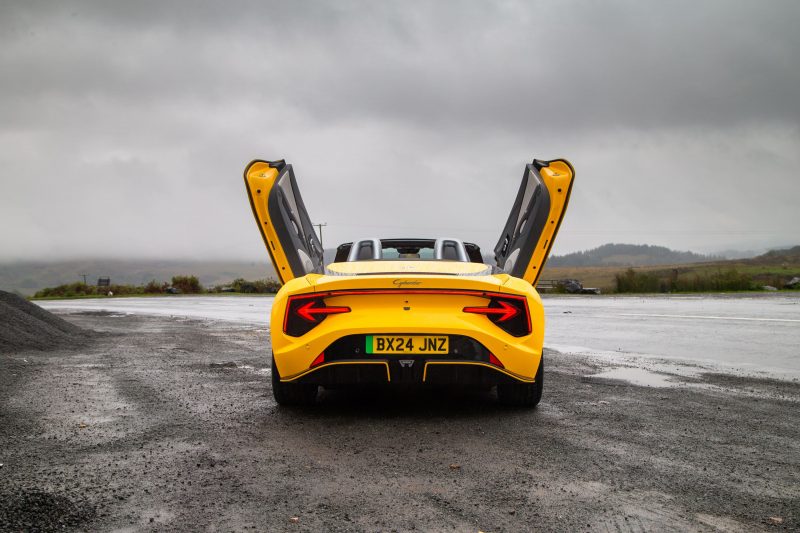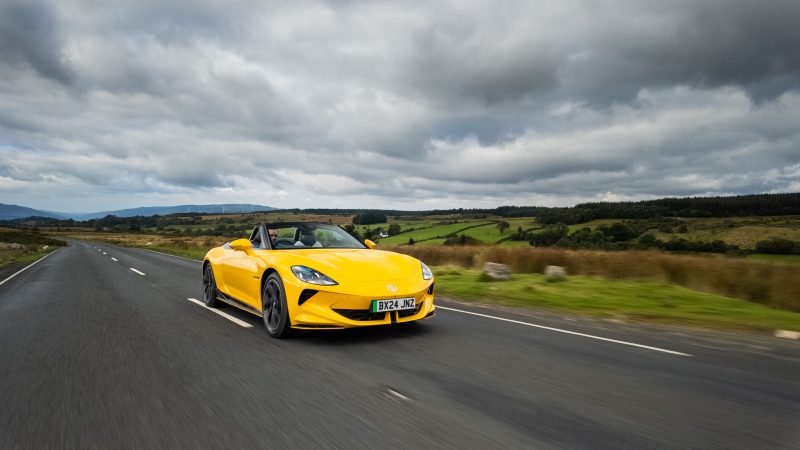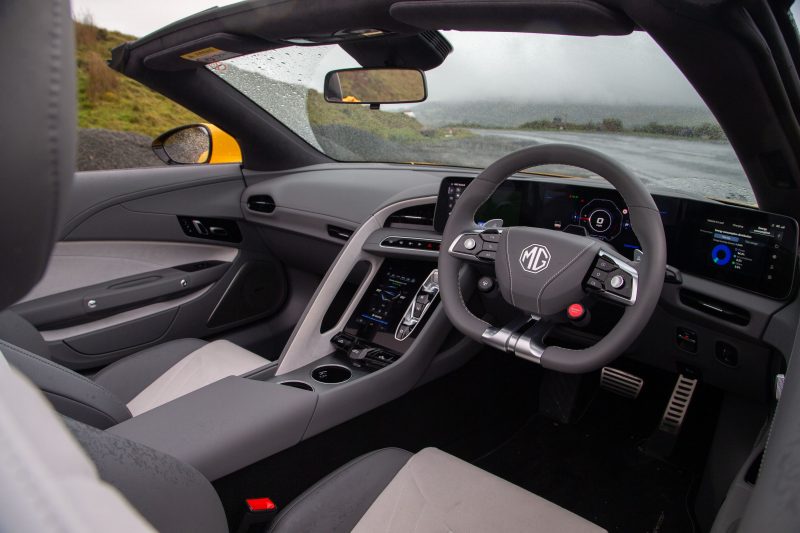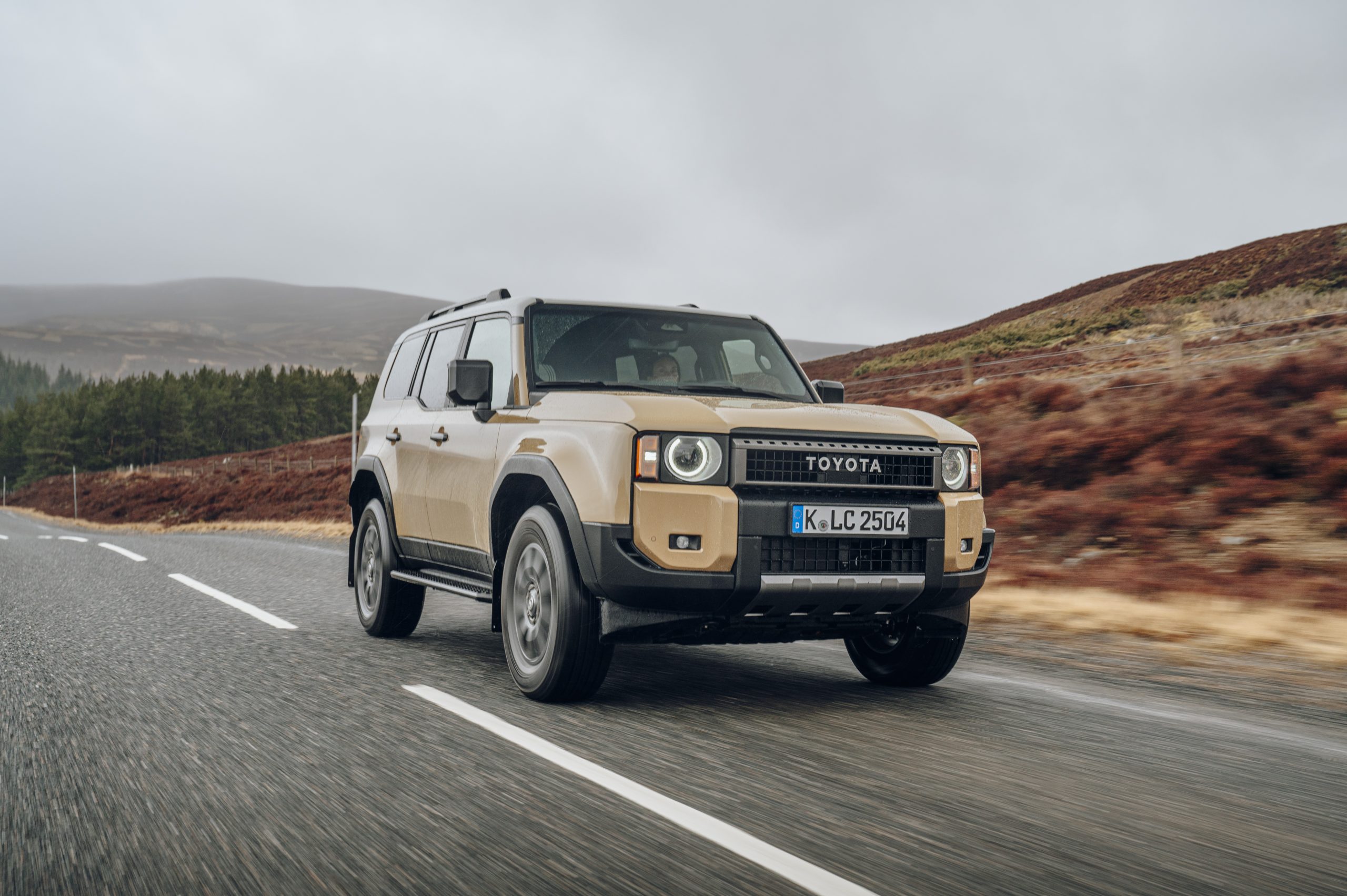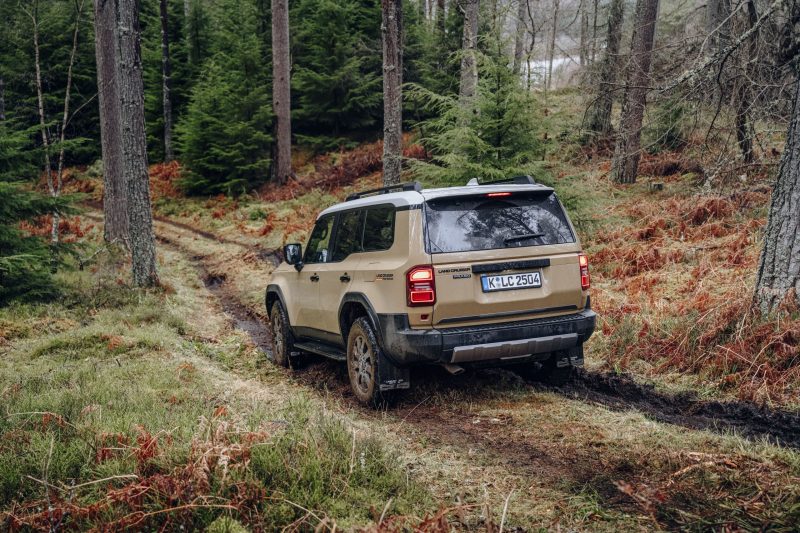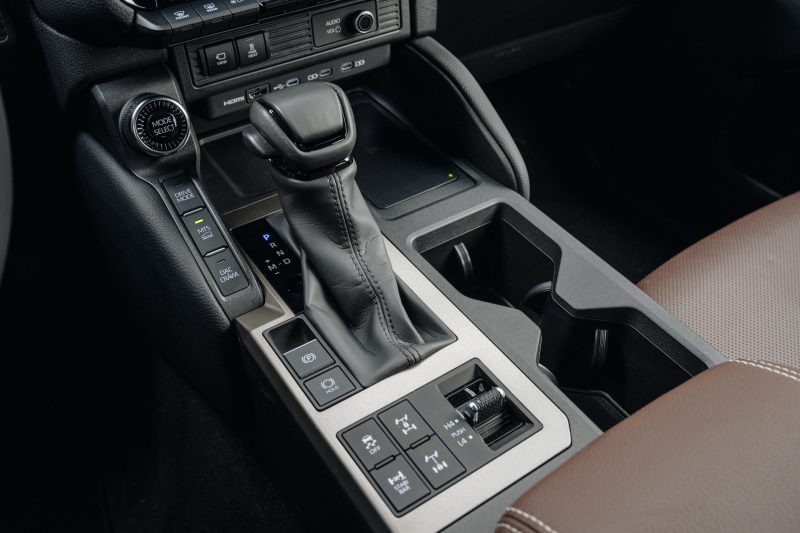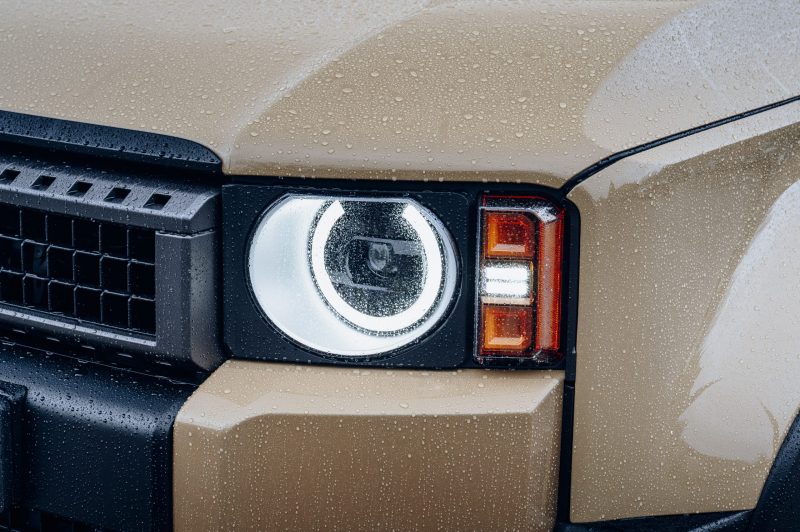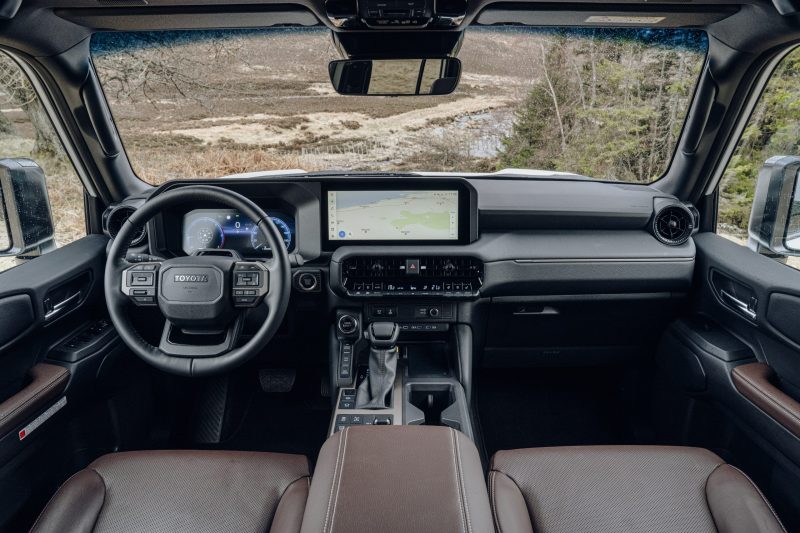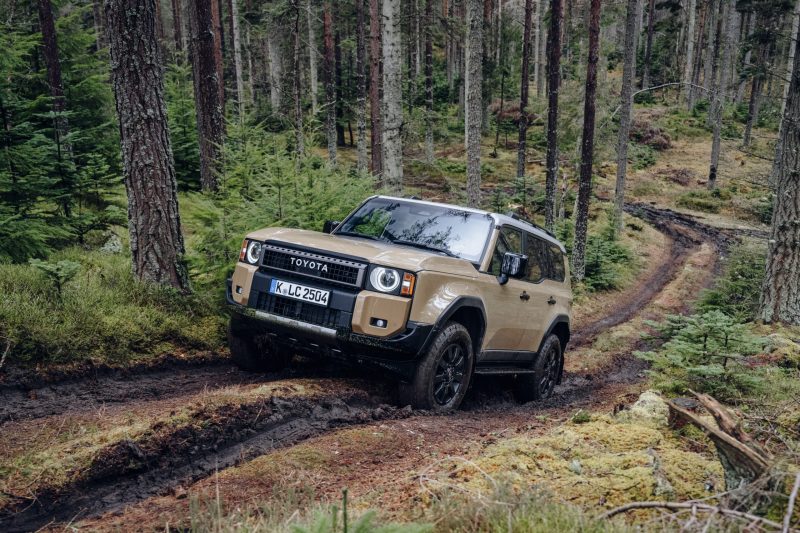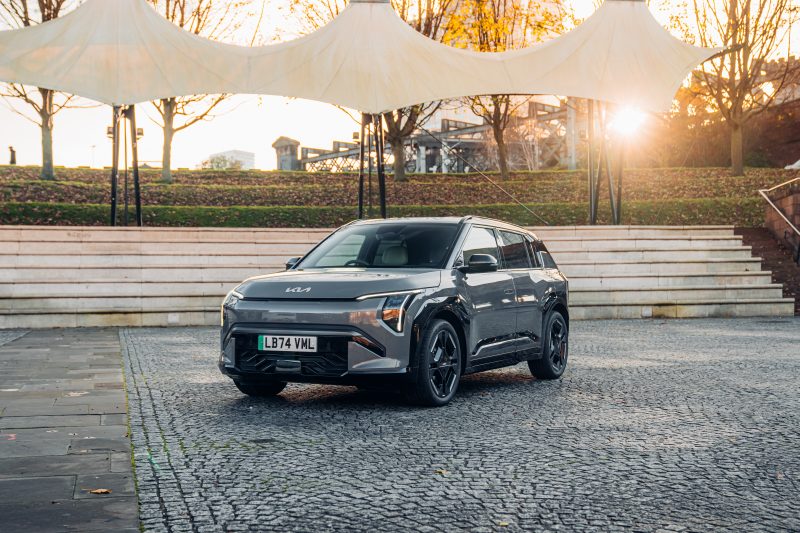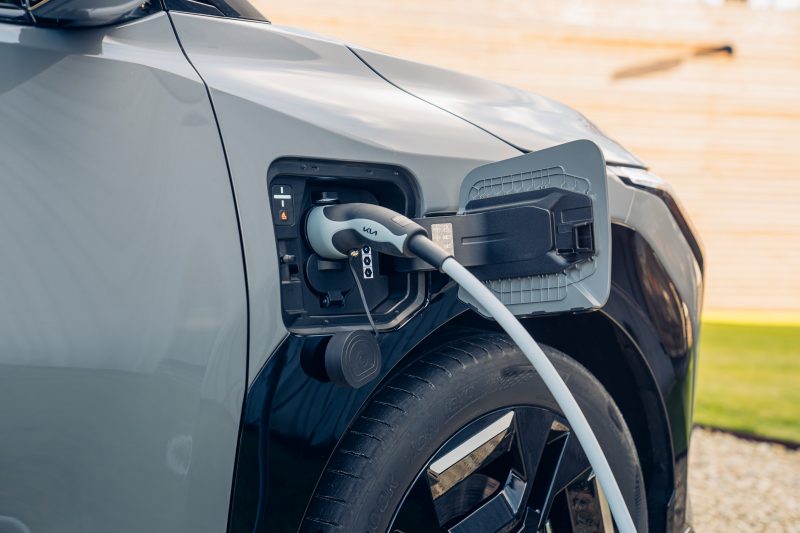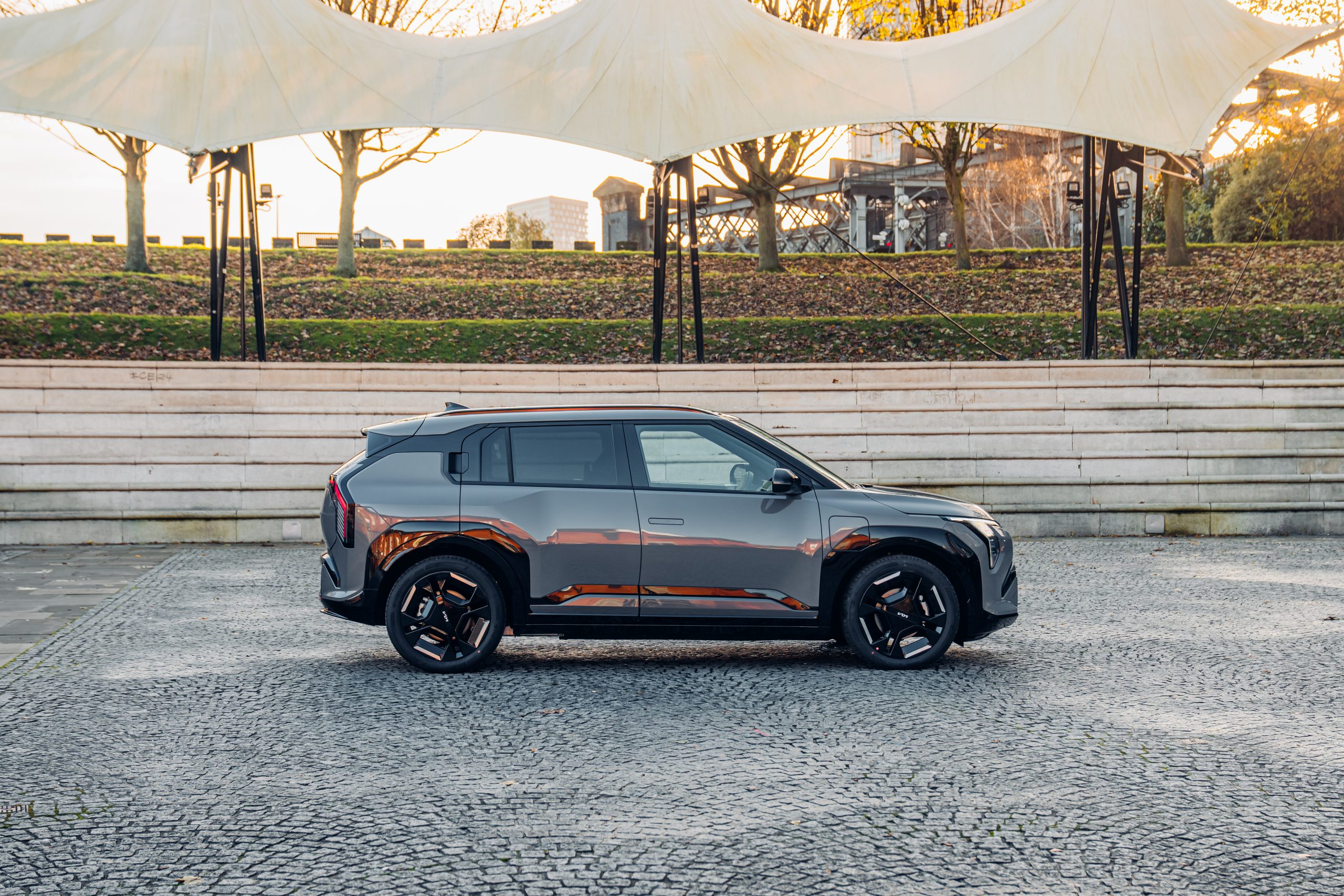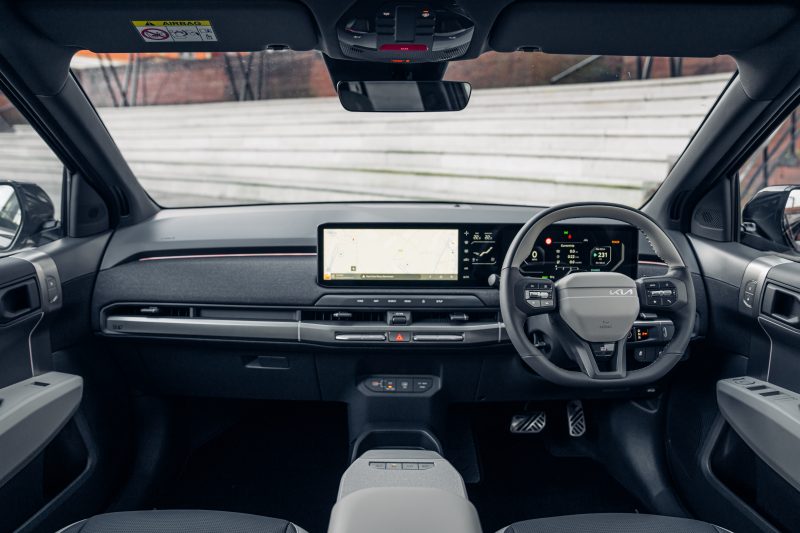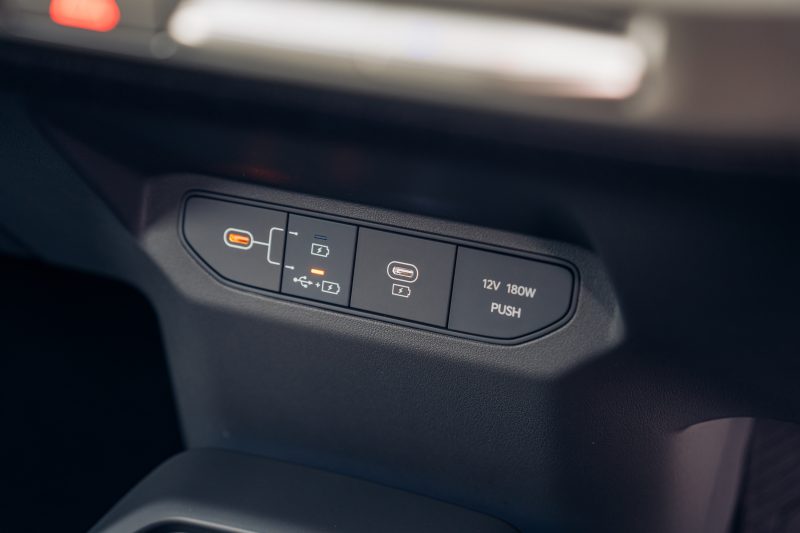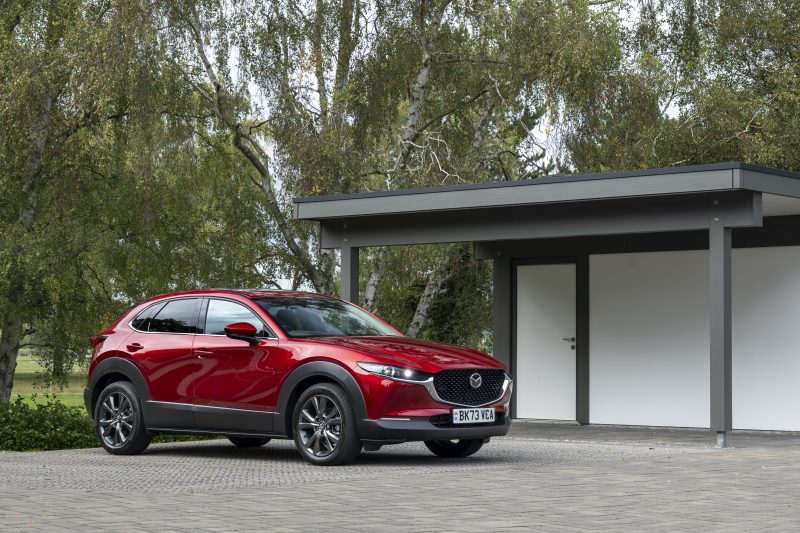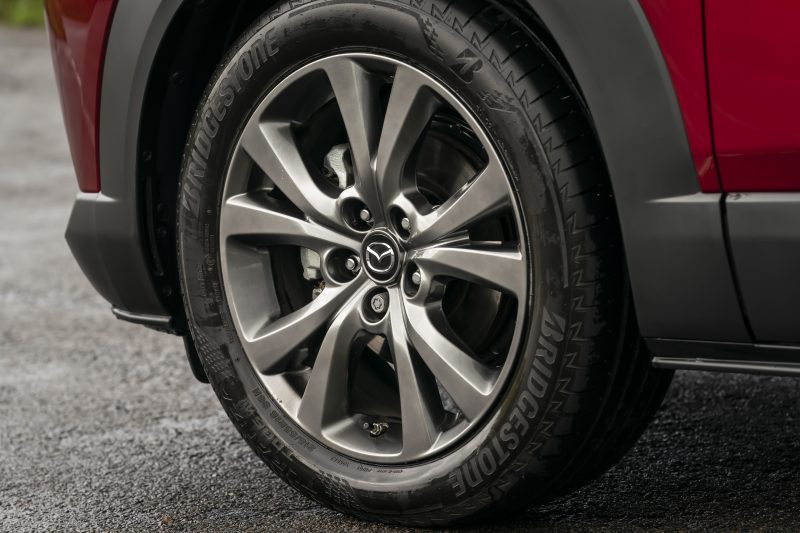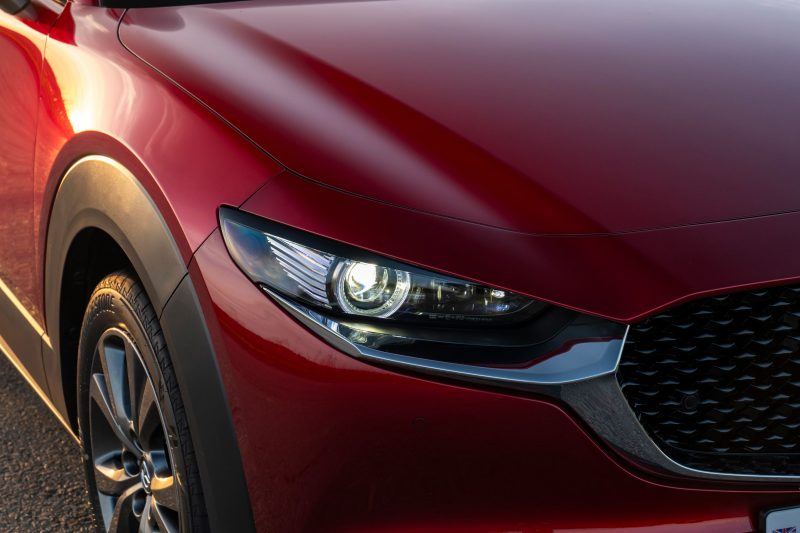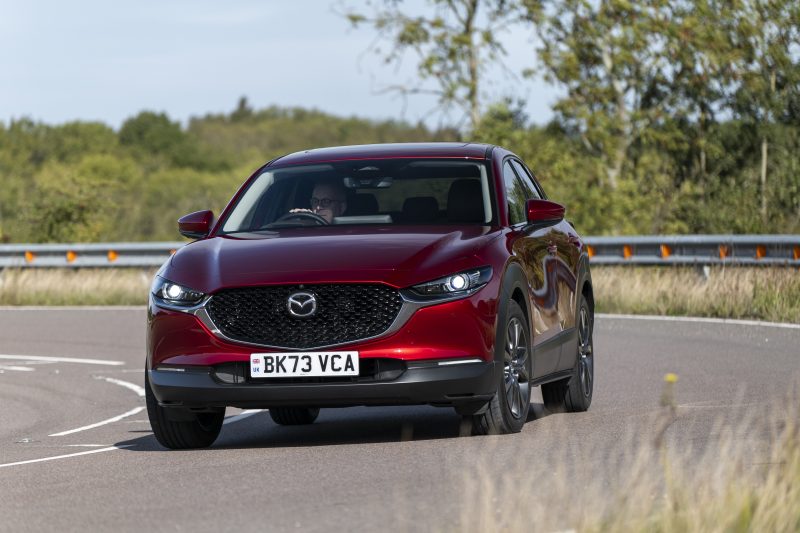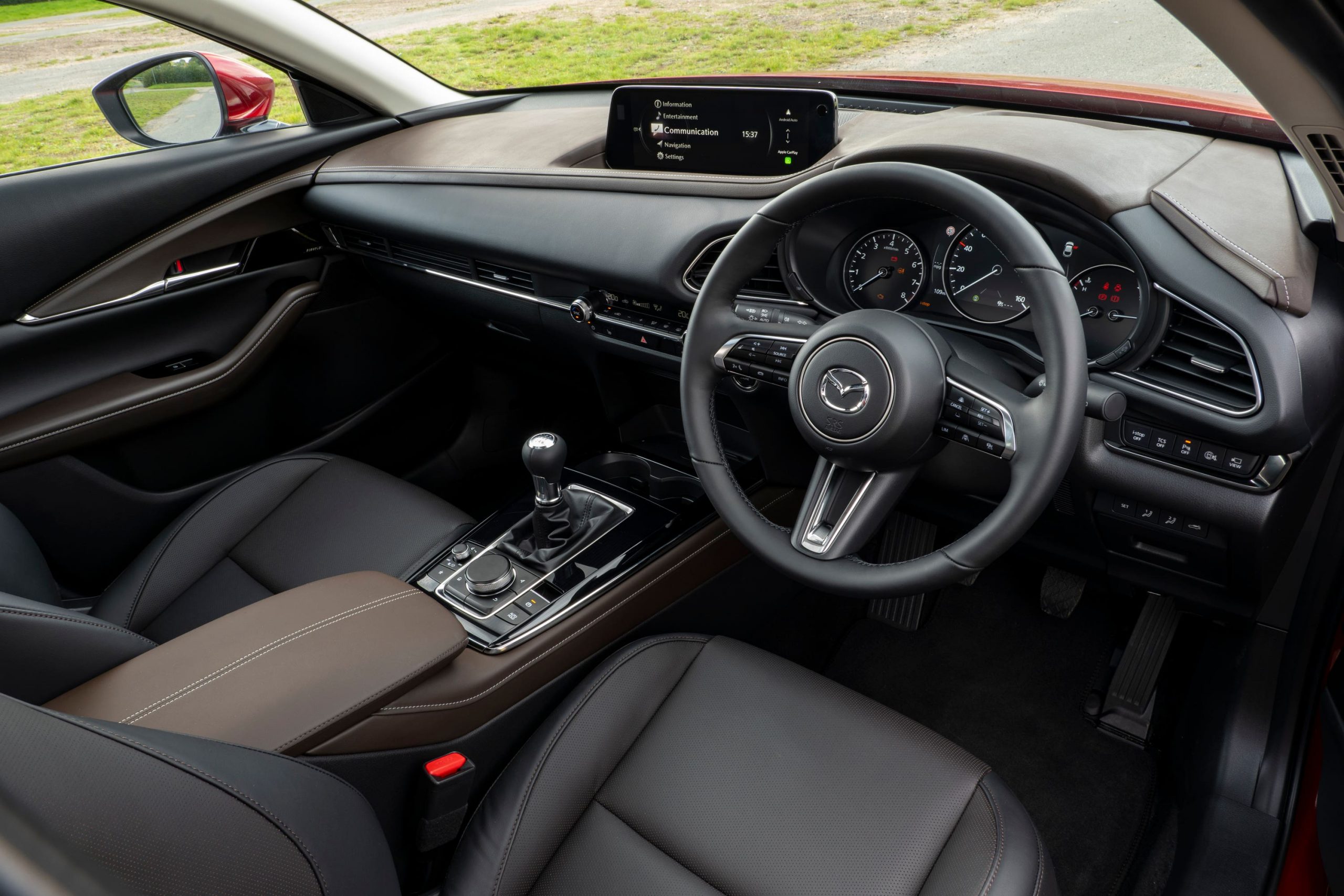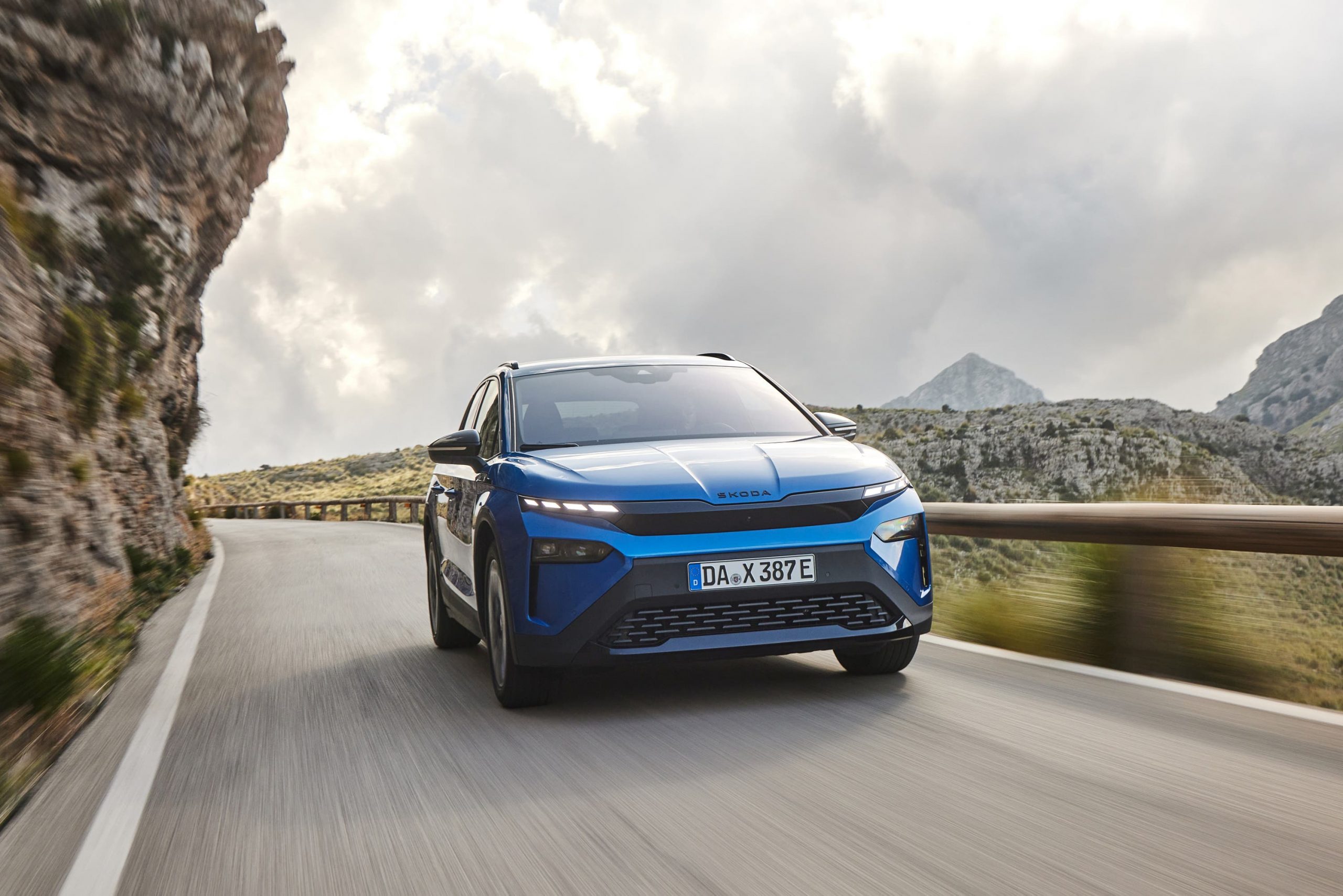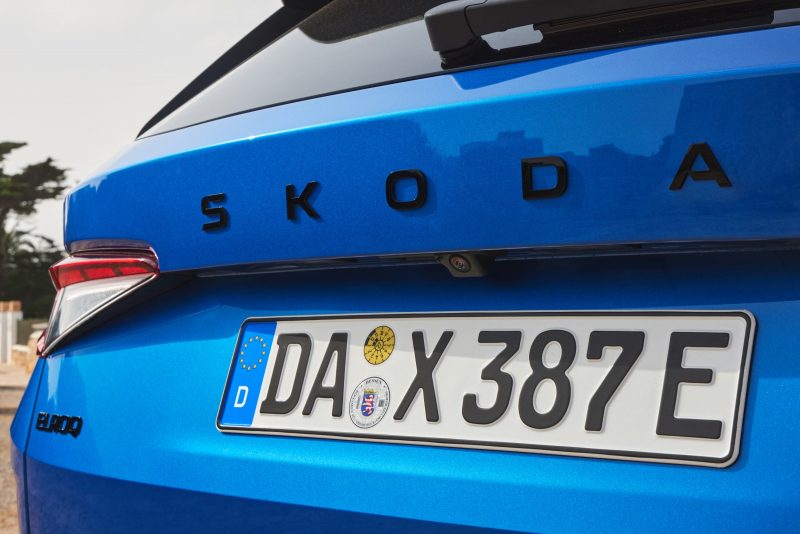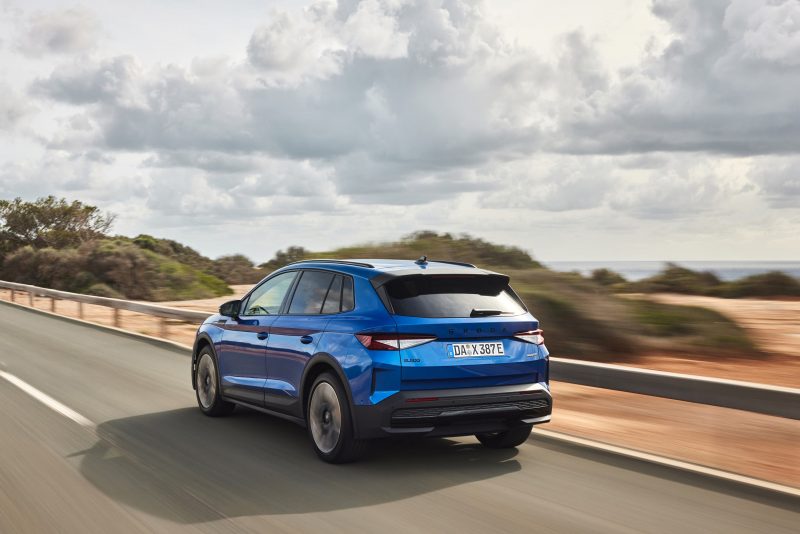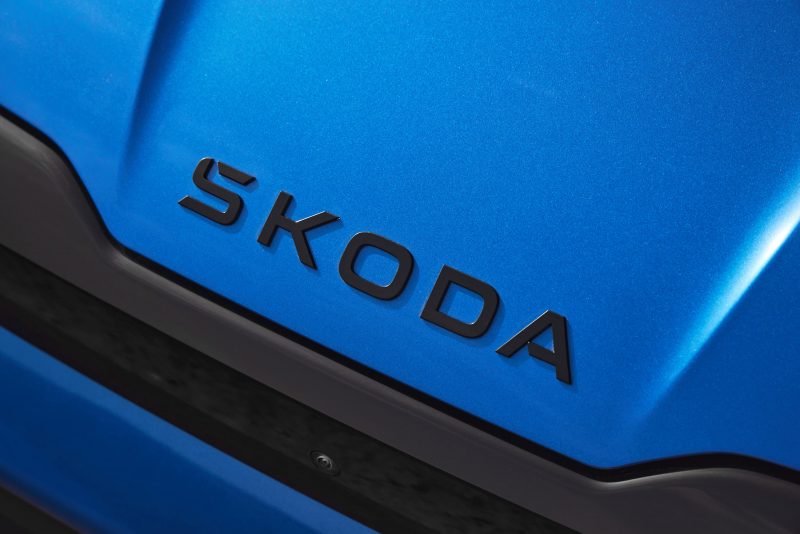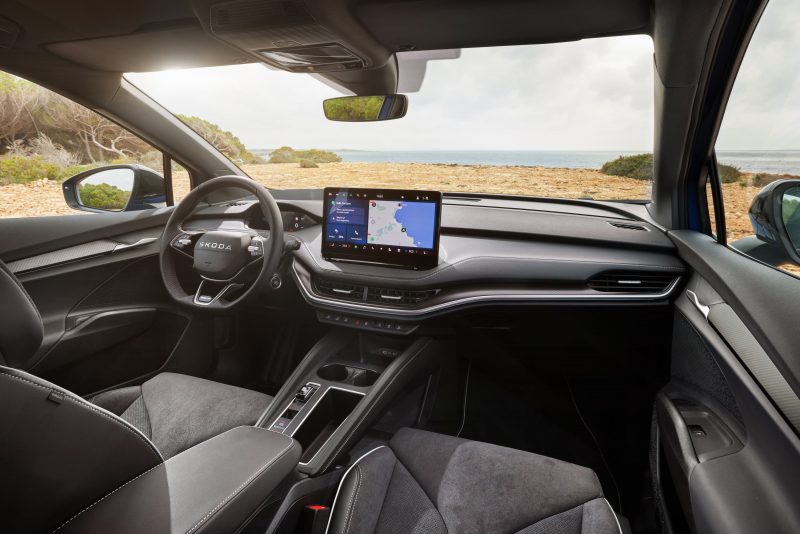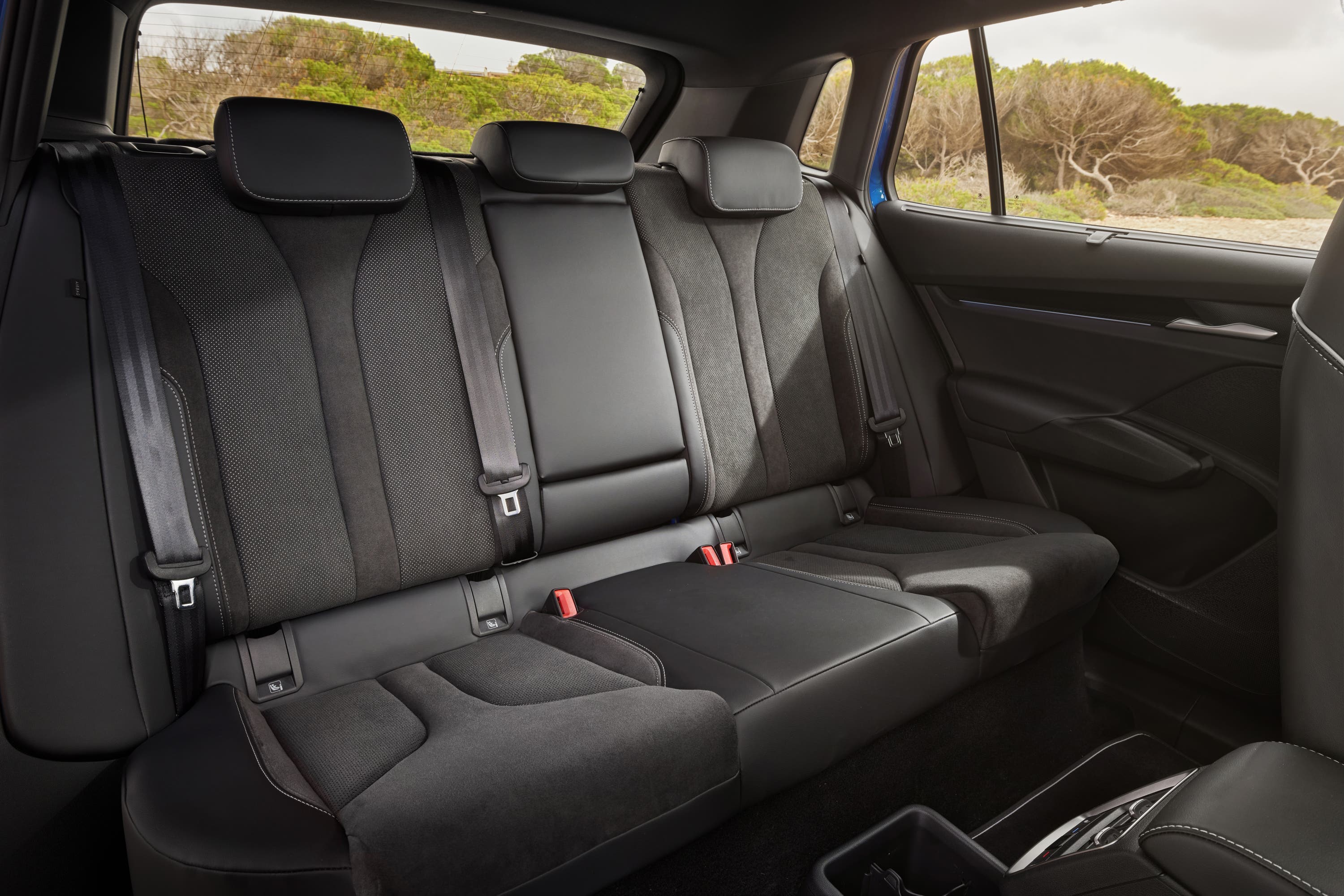The new Santa Fe is bigger than ever, but how does it drive? Jack Evans finds out.
What is it?
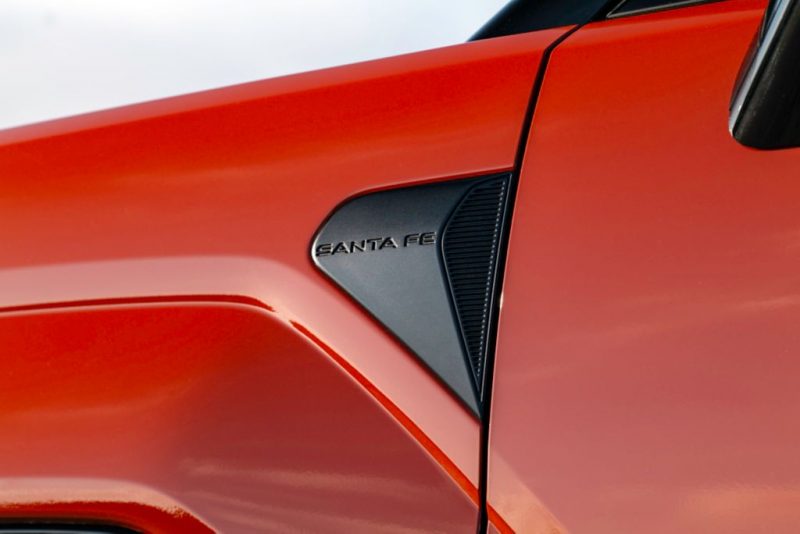
Hyundai has always had a solid history of making big, dependable SUVs and the Santa Fe has proven to be one of its big hitters. As the largest SUV in the Korean firm’s range, the Santa Fe has acted both as a flagship for the brand and as a way of getting that well-known Hyundai reliability with some seven-seater spaciousness.
Now, it’s time for a new one. Hyundai is attempting to push this new Santa Fe a little further upmarket so it has been garnished with more technology and high-quality materials than before, but how does that change the overall experience? We’ve been finding out.
What’s new?

Over 22 years, Hyundai has sold more than 450,000 Santa Fe models, which means it has a fine line to follow with this new model – you can’t go too ‘premium’ and lose the everyday usability that this car has become known for. It’s available with both ‘regular’ and plug-in hybrid setups – the latter of which we’re testing here – and prices start from £46,775 for the standard car or £51,885 for the PHEV.
That does mean that the new Santa Fe isn’t quite as value-orientated as before – the previous-generation car was priced from £40,205 back in 2021 – but you could argue that Hyundai is offsetting this with greater levels of standard equipment and a more luxurious interior overall.
What’s under the bonnet?

We’re testing the Santa Fe in plug-in hybrid setup here. That means you’ve got a 1.6-litre four-cylinder petrol engine which is then linked to an electric motor and a compact battery. When fully charged, the Santa Fe should deliver just over 33 miles of electric-only motoring, so there’s enough charge for pootling around town or doing the school run. The good news is, of course, that you’ve still got that 1.6-litre petrol engine providing background support for those longer journeys.
At just over nine seconds the Santa Fe’s 0-60mph time is about what you’d expect from this size of car. Plus, compared with the ‘regular’ hybrid version, this PHEV’s 38g/km of CO2 emissions are significantly lower than the standard car’s 155g/km.
What’s it like to drive?
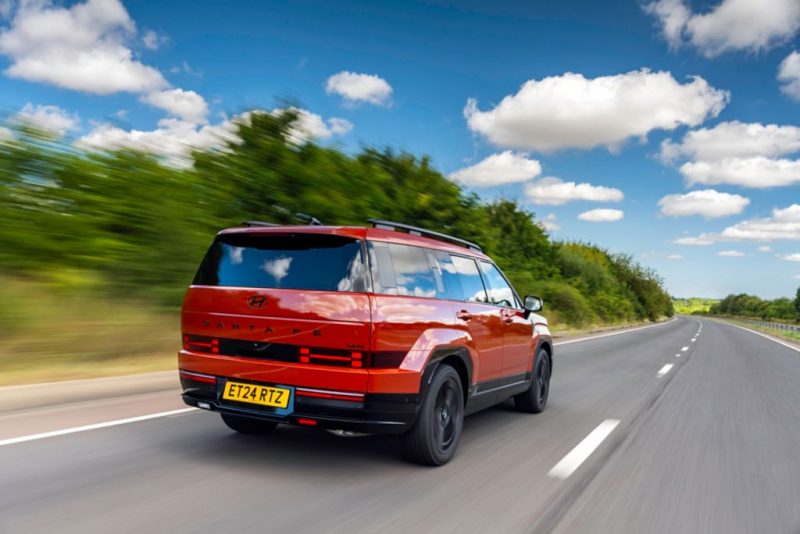
Big, comfortable and relatively softly sprung gives the Santa Fe that driving character of a more old-school SUV than you might expect given the plug-in hybrid powertrain. When the car is fully charged it’s quiet and easy to drive around town, while the variety of cameras and sensors help to make positioning this relatively large car a bit less stressful.
It’s not an overly sporty car to drive but then again that’s not what is required in this segment. When pushed hard the 1.6-litre engine can feel a touch out of its depth, but driven in a more careful manner it’s got enough power reserve to get the Santa Fe up to speed in good enough time. It would be nice to have a slightly longer electric-only range – particularly given how many miles rival PHEVs are now delivering – but it’s a well-designed powertrain and one which makes the Santa Fe feel reassuringly ‘normal’ from behind the wheel.
How does it look?
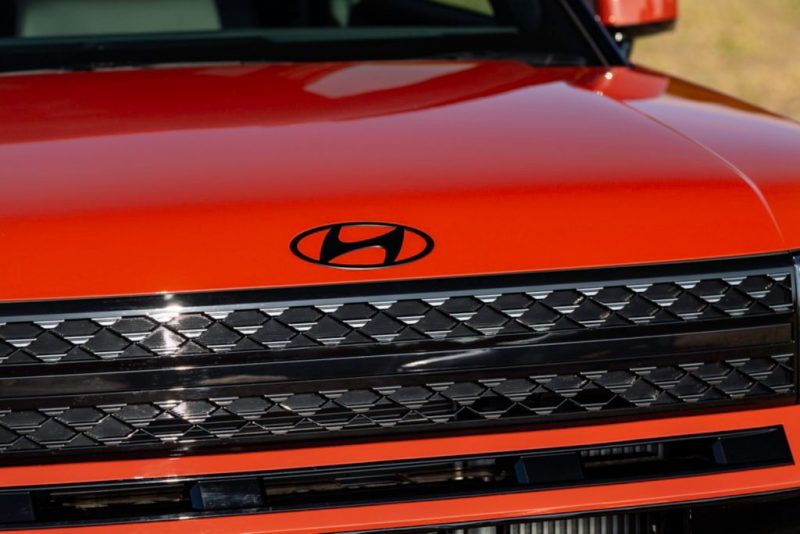
Well, it makes quite a statement, don’t you think? Up front, that blocky styling makes an immediate visual impact and our test car finished in all-black had a distinctly menacing feel to it. But it’s a head-turner, that’s for sure, and the blocky look that is used across the Santa Fe only helps to make it even more imposing.
Around the back is where the conversation is bound to start. That squared-off, no-nonsense design is unlike anything available in the new-car market today. But if getting people talking is what you’d like from your next SUV, then this distinctive look is bound to appeal.
What’s it like inside?
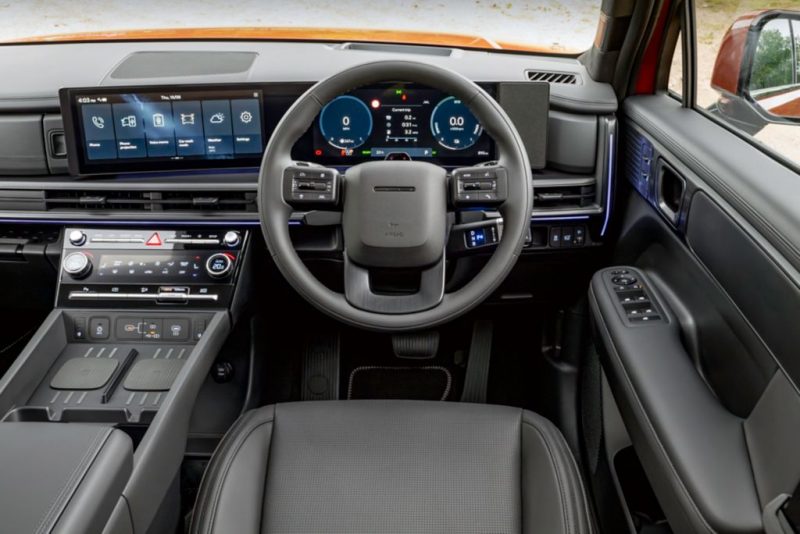
It’s near-palatial inside the cabin of the Santa Fe. Acres of space are there to explore and with loads of cubbies, nooks and storage areas, it’s the kind of car that’ll swallow up everything you need to take along for adventure. Fortunately, it’s all backed up by a great level of build quality and while there are plenty of screens, Hyundai has seen fit to include a good-number of physical controls which make changing certain settings – such as the heating and ventilation – simple.
Space for middle-row occupants is excellent, too, with the Santa Fe’s boxy dimensions providing loads of headroom as well. There’s more space than you might expect in the third row, too, while boot space is impressive; even with all seats in place, there are 621 litres to use, riding to 704 litres with the third row flat and a near van-like 1,942 when all rows are folded down.
What’s the spec like?
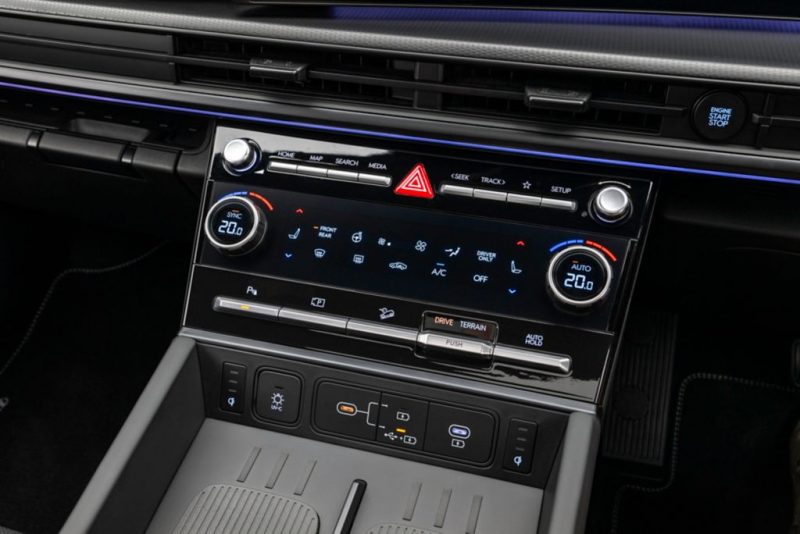
If you’ve not got somewhere to reliably charge the car up – PHEVs are only at their most efficient when routinely topped up – then the ‘standard’ hybrid will provide a better option and there’s no downside in terms of equipment as all versions of the Santa Fe get a good spread of equipment included from the off.
In fact, all Santa Fe models come with a long list of features. Entry-level ‘Premium’ cars get a 12.3-inch infotainment screen as standard, with both wireless Apple CarPlay and Android Auto coming alongside front and rear parking sensors, 20-inch alloy wheels and heated front seats. Higher grades add in extra luxuries such as self-levelling suspension and ventilated seats, but even the entry-level version comes with more than enough equipment for most drivers.
Verdict
The Santa Fe feels like a classic, large SUV that has been given a modern twist. The interior is well-finished and kitted out with all the technology you could want, but it’s backed up by some very user-friendly physical controls that make it more intuitive to be in than with rival offerings. Then there’s the space that this car offers – it really has enough room for all types of adventures.
The plug-in hybrid setup has the potential to deliver some great fuel savings if you’ve got somewhere to keep this car charged up but, if that isn’t the case, then the ‘regular’ hybrid will no doubt prove a more appealing prospect.
Facts at a glance
- Model as tested: Hyundai Santa Fe
- Price: £55,135
- Engine: 1.6-litre petrol with plug-in hybrid
- Power: 250bhp
- Torque: 367Nm
- Max speed: 112mph
- 0-60mph: 9.1 seconds
- MPG: NA
- Emissions: 38g/km
- EV-only range: 33.6 miles

